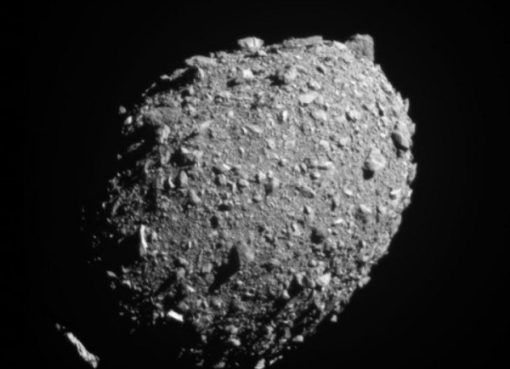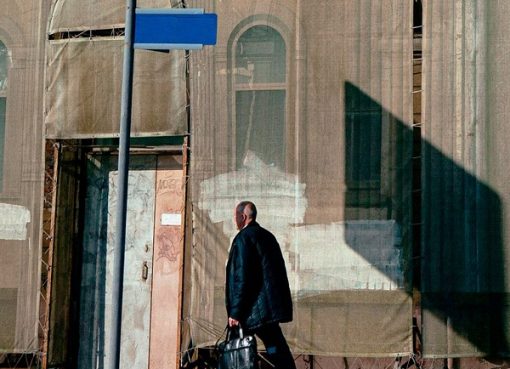Addressing the various ways in which the standard specifications for transformers have been compromised, the Chief Operating Officer of Ibadan Electricity Distribution Company, IBEDC, Engr John Ayodele advised on substituting copper for aluminum in structures like transformer coils and feeder pillars. He said that “aluminum would not take the same level of current copper would take, even though corrosion is reduced with aluminum”. According to him, “when aluminum is used in transformers, it is two times the size of the one made with copper”, highlighting that “copper also withstands higher temperature” this he explained while asking users to consider that “aluminum might be cheaper today but may not be in the future” and as for feeder pillars, he categorically stated that anyone “made of aluminum is unethical and it is one of the reasons for transformers giving up because there is no copper” noting that an “aluminum rivet is not a protective device”.
Engr Ayodele gave the advice during an online Power Symposium organized by the Nigerian Institution of Power Engineers (NIPE) with the theme, ‘Standards, Design Basis and Specification of Power Transformers’. The presentation addressed salient points with corresponding figures to drive home the message which was ensuring that engineering personnel who engage in the procurement, installation, and maintenance of power transformers, do so, according to best practices.
While speaking, he touched on issues that were common to the packaging and shipping of power transformers from point A to B, both within and outside the country, stating that “there are serious problems with transformers moving inside the tank, during transit”. Furthermore, emphasis was made on the need for “special precautions to be taken to exclude moisture from the insulation during manufacture, assembly, transport, and erection” taking into cognizance that “details of the stator insulation shall be to approval” and the outside of all end windings shall be coated with oil-resisting non-hygroscopic varnish or compound”. For design, his presentation particularly stressed that “bushings for 33 KV and above shall be provided with arcing rings or horns of approved type” which is to “minimize corona discharge and radio interference” and also that “there shall be no intermediate arcing horn between the live and earthing parts”. Continuing, he highlighted that “bushing insulators for 33 KV and above shall be filled with transformer oil and there shall be no contact with the oil in the transformer”, for which “an oil gauge shall be provided”, where he also mentioned that currently, there has been a substitution to fiberglass. He mentioned that specifications are more detailed than what obtains in LPO, and windings, according to his presentation, should be insulated and graded using Schedule ‘D’ Part I and as defined in IEC 76.
Speaking on site conditions for power transformer setup, the two main conditions mentioned were altitude and cooling medium temperature stating that what is obtained in terms of altitude for Lagos State was that most areas “do not go above 200 metres above sea level and some are lower”.
When it comes to higher voltage and switching surge, Engr. Ayodele stated that for “anything from 132KV, it is more important to pay attention to the switching surge” and as to why impedance earthing is a requirement, he said it is to “limit the amount of ground current when the system is at fault, which relates to regulating the current flowing through the neutral” and to do it differently, would mean that the personnel would be liable for a malfunction or negative occurrence, when more current than they vouched for in their alternate design, flows through the neutral.
In addition, he addressed the fact that a power transformer which has been out of potential and soaking for however long, can still be loaded “as long as certain test processes, such as checking the insulation, checking that the oil present still offers the same dielectric strength and has not been compromised with moisture thereby maintaining its standard, is carried out”. He also recommended automation for combating fire outbreak in power stations, which is possible as long as due diligence is done by the engineer, to ensure that the necessary structures needed to facilitate automation are in place, stating that fire outbreaks happen because “in Nigeria, transformers protect the fuse instead of the other way around”, this he said to pinpoint issues when it comes to deviations from following and working with specified requirements, as professionals carry out their duties. He further stated that the “best protection boils down to how much one is willing to invest in protection, basically, the economy around protection”. Speaking on no load losses and on load loss of transformers, in terms of return on investment, Engr. Ayodele stated that it is advisable to factor all this into the original cost of the transformer from the manufacturer” for which there is an existing formula, to arrive at the actual amount needed to be spent to procure a transformer, which would show if a transformer is a good investment in the long run.
Engr. Ayodele’s closing remark was for everyone to “follow operational and safety standards”. The technical session was anchored by Engr Wilson Alli and Engr Magose Abraham Eju both fellow of the Institution.










